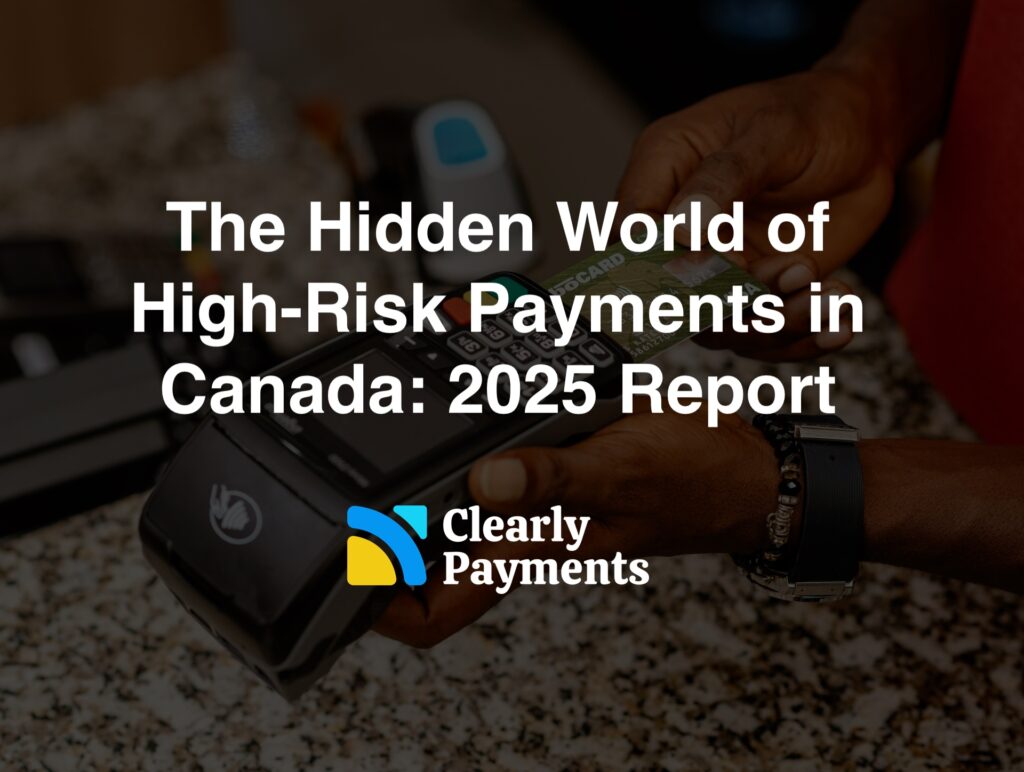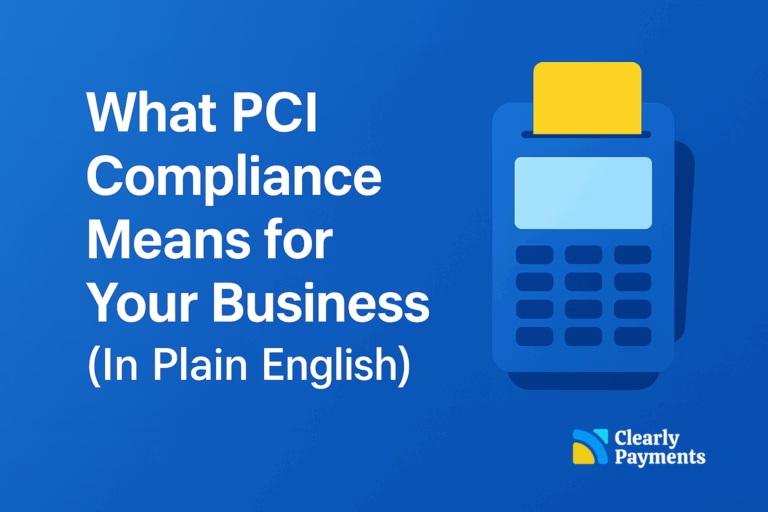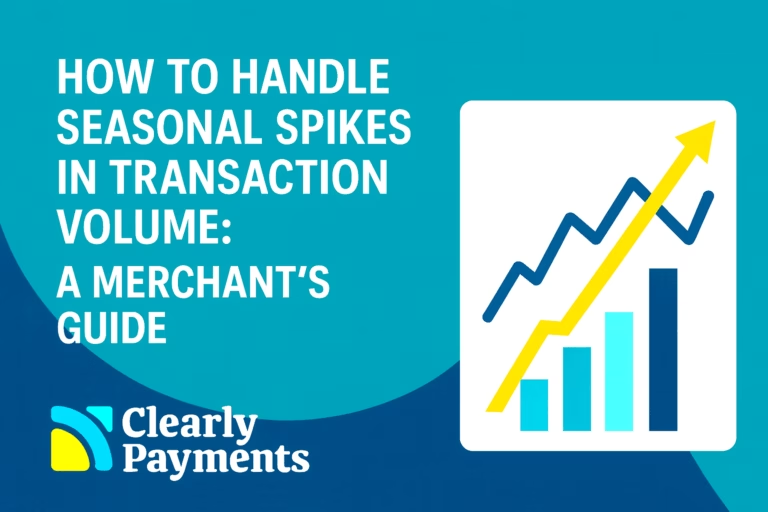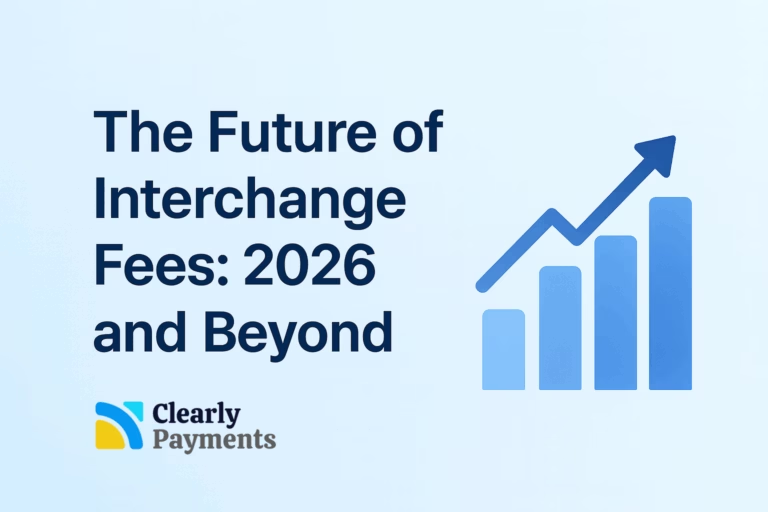While the majority of Canadian businesses operate in straightforward industries like retail, services, and hospitality, a growing segment exists in the shadows of the payments ecosystem: high-risk merchants.
These businesses face limited access to traditional payment processing, higher fees, and frequent account shutdowns, despite collectively processing billions of dollars annually.
This 2025 report explores the lesser-known, high-risk side of payments in Canada, highlighting industries, trends, costs, and the infrastructure behind this hidden yet crucial segment of the market.
What Is Considered High-Risk in Payments?
When we refer to high-risk businesses in payments, we do not mean anything illegal. Rather, they are businesses more likely to generate chargebacks, fraud, or compliance issues. Because of this, many banks and processors treat them with extreme caution or avoid them altogether.
Here are the most commonly flagged high-risk categories in Canada:
Cannabis and CBD
Nutraceuticals and supplements
Online gambling and gaming
Adult entertainment
Firearms and ammunition
Cryptocurrency exchanges & wallets
Affiliate marketing
Debt collection and credit repair
Multi-level marketing (MLM)
High-ticket coaching and seminars
While many of these industries are fully legal in Canada, they often deal with additional layers of provincial or federal regulation, and their reputational risk leads many acquirers to deny or limit service.
Market Size: How Big Is High-Risk Payments in Canada?
The size of Canada’s high-risk payment market is difficult to measure because so much of it happens outside traditional channels. However, using publicly available sector data, we can estimate a conservative range.
Key Market Stats:
Cannabis retail sales reached $5.2 billion in 2024.
Online gambling revenue in Canada exceeded $6.4 billion in 2024.
Nutraceuticals and natural health products are projected to hit $12 billion in revenue by 2027.
Cryptocurrency exchanges & wallets have $1.5–2.5 billion in annual volume, based on data from exchanges like Newton, Bitbuy, and Shakepay.
Coaching & info products have an estimated $500M–$1B, based on digital course and business coaching platforms.
Multi-level marketing (MLM) have an estimated $1.1 billion in annual sales in Canada.
Even a partial slice of these industries using credit and debit card payments accounts for an estimated $15–$20 billion in annual payment volume processed through high-risk or specialized payment providers in Canada.
A significant portion of the volume, especially for cannabis, crypto, and MLM, flows through high-risk or offshore payment rails due to lack of access to traditional processors.
Why Are These Industries High-Risk?
Understanding why certain industries are labeled high-risk can help merchants and providers navigate this space more effectively. These risk factors aren’t arbitrary, they’re tied to financial, legal, and reputational exposure for payment processors.
1. Chargebacks and Fraud
Industries that rely on subscription billing, large-ticket items, or card-not-present transactions tend to see higher chargeback rates. In high-risk sectors, chargebacks often exceed 1% of total transactions, which is above card network thresholds and can trigger account shutdowns or MATCH list placement.
2. Legal and Regulatory Complexity
3. Brand and Reputational Risk
Banks and large processors often avoid controversial sectors, even if legal, to protect their brand image or avoid additional compliance burdens. This forces merchants to seek out smaller, specialized processors willing to handle the risk.
Costs of Processing for High-Risk Merchants
High-risk merchants pay significantly more to accept payments compared to standard businesses. These elevated costs stem from higher reserve requirements, higher chargeback fees, and the increased cost of risk underwriting.
Comparison of Processing Costs
| Cost Type | Standard Business | High-Risk Merchant |
|---|---|---|
| Effective Rate | 1.5% – 2.9% (plus $0.05 -$0.30 per transaction) | 3.5% – 8.5% (plus $0.10 -$0.75 per transaction) |
| Chargeback Fees | $15 – $25 | $25 – $100 |
| Rolling Reserve | None | 5% – 20% held for 6+ months |
| Monthly/Setup Fees | Often waived | $50 – $150 |
Additionally, many Canadian merchants in these sectors are forced to:
Use offshore acquiring banks (in Europe, Asia, or the Caribbean)
Accept payments via cryptocurrency or third-party aggregators
Operate without a formal MID, increasing legal and compliance risk
The Infrastructure: Who Supports High-Risk Payments in Canada?
Because traditional Canadian banks and processors avoid these sectors, high-risk merchants rely on a patchwork of service providers. These include smaller domestic ISOs, offshore acquirers, and niche PSPs that specialize in high-risk verticals.
1. Domestic PSPs (Rare and Niche-Focused):
Only a few Canadian payment processors offer support for high-risk categories, and those that do often require:
Longer underwriting timelines
Rolling reserves or capped monthly volume
Custom compliance and fraud tools
2. U.S.-Based Processors (Restricted Access):
Some U.S. providers serve Canadian merchants in general, but they often block specific MCCs such as gambling (7995), cannabis (5912), or adult (5967). These merchants are regularly declined or terminated due to cross-border regulatory conflicts.
3. Offshore Acquirers (Last Resort):
Many high-risk Canadian merchants route transactions through acquirers based in Malta, Cyprus, Gibraltar, or parts of Southeast Asia. While effective, this method:
Increases compliance risk
Makes PCI compliance and support more difficult
Can result in additional FX costs and regulatory red flags
Risks for Merchants Operating in High-Risk Payments
Operating in the high-risk payment space isn’t just expensive, it’s fragile. A single mistake can lead to frozen funds, account termination, or even legal action. Merchants must be aware of the common pitfalls that define this segment.
Top Risks:
Account Shutdowns: Acquirers may close accounts with little notice, especially after chargeback spikes.
MATCH List Inclusion: Merchants added to the Mastercard MATCH list (formerly TMF) may be banned from getting a new account for up to 5 years.
Legal and AML Exposure: Failure to maintain proper KYC, AML, or licensing compliance can trigger federal fines or investigations.
No Backup Processing: Many high-risk merchants operate with only one processor, so downtime equals lost revenue.
Opportunities for Canada's Payments Industry
Despite the challenges, high-risk payments represent one of the most underserved and profitable segments in Canada. Few processors have stepped up to build reliable, compliant, and transparent infrastructure for this market.
Why It’s Worth It:
Demand is growing: Cannabis, gambling, coaching, and crypto are all expanding, especially in digital channels.
Margins are higher: Because of added complexity, providers can charge sustainable premium pricing.
Few competitors: Many traditional banks and PSPs have avoided these industries entirely.
For payment providers like Clearly Payments, the opportunity lies in doing high-risk the right way: with full transparency, strong fraud controls, and bank-grade compliance.




